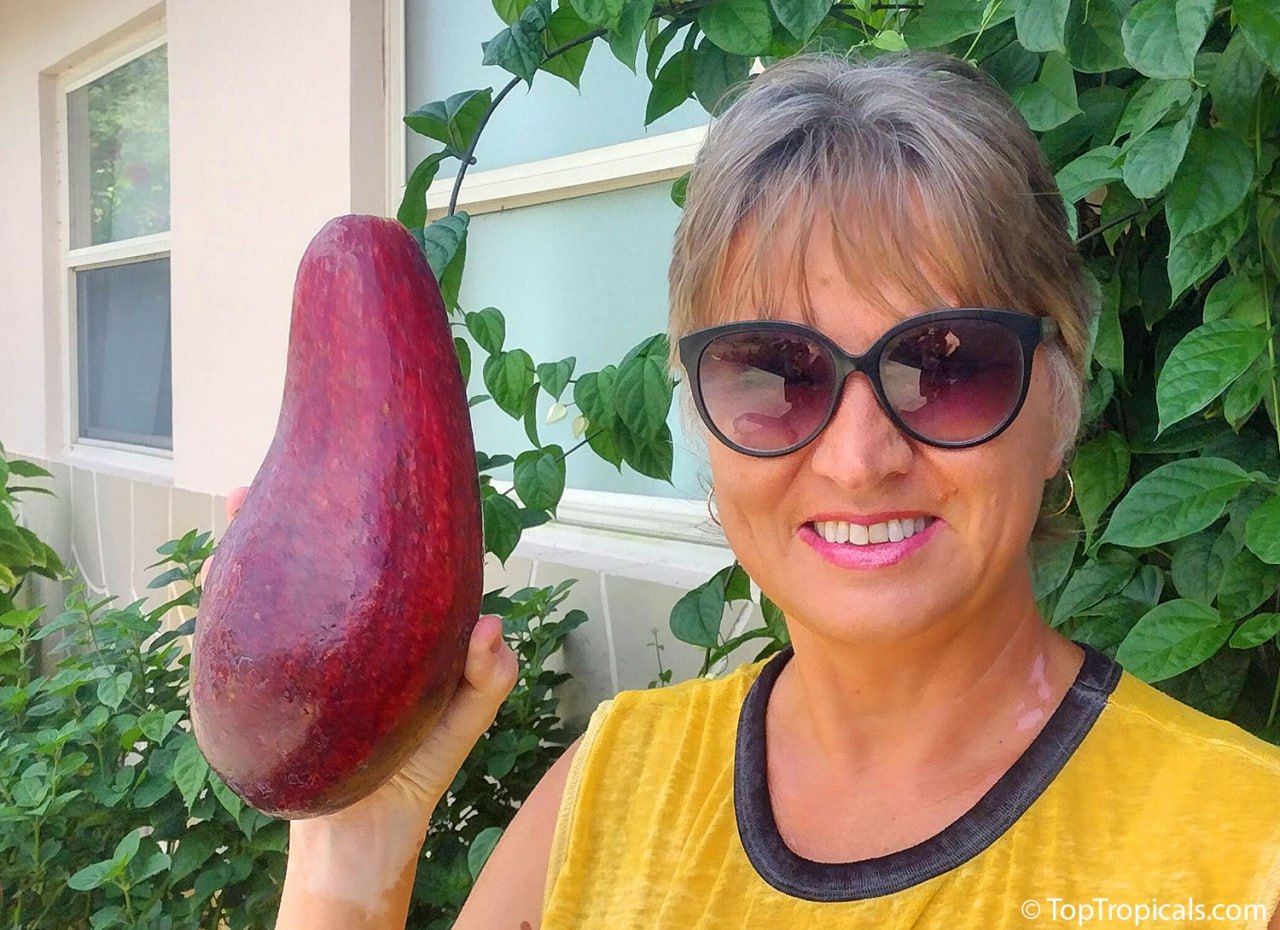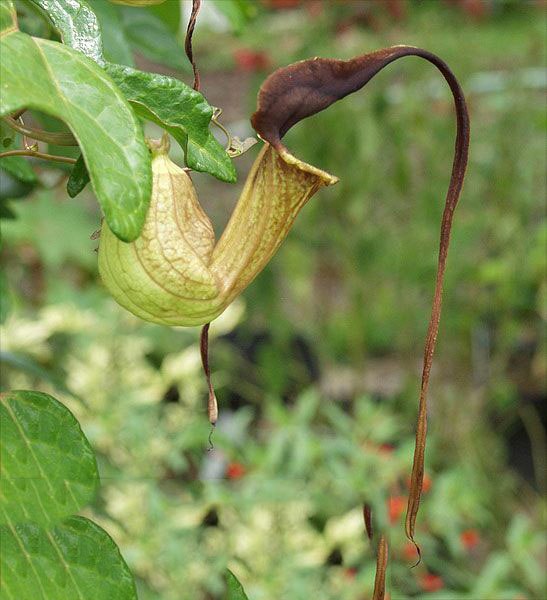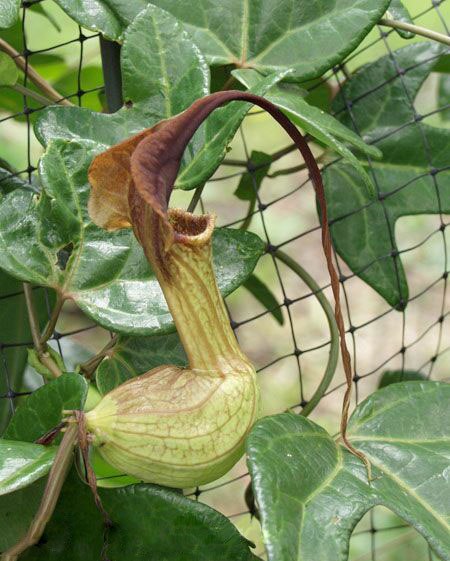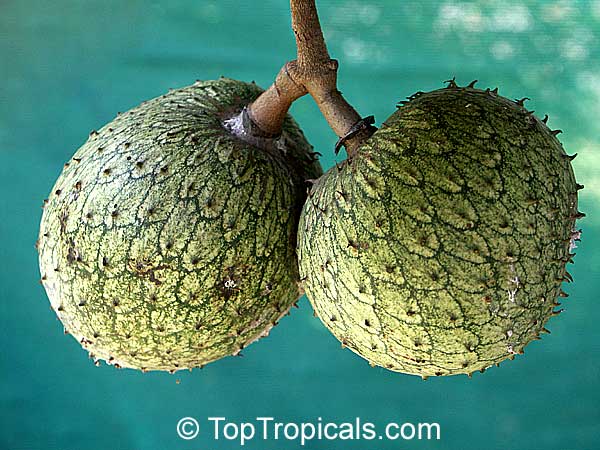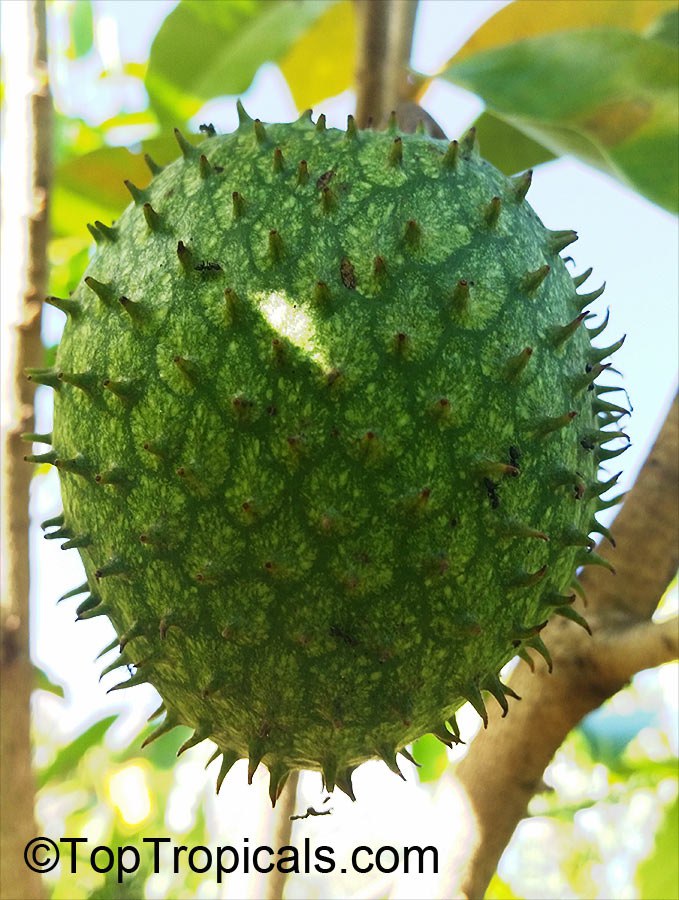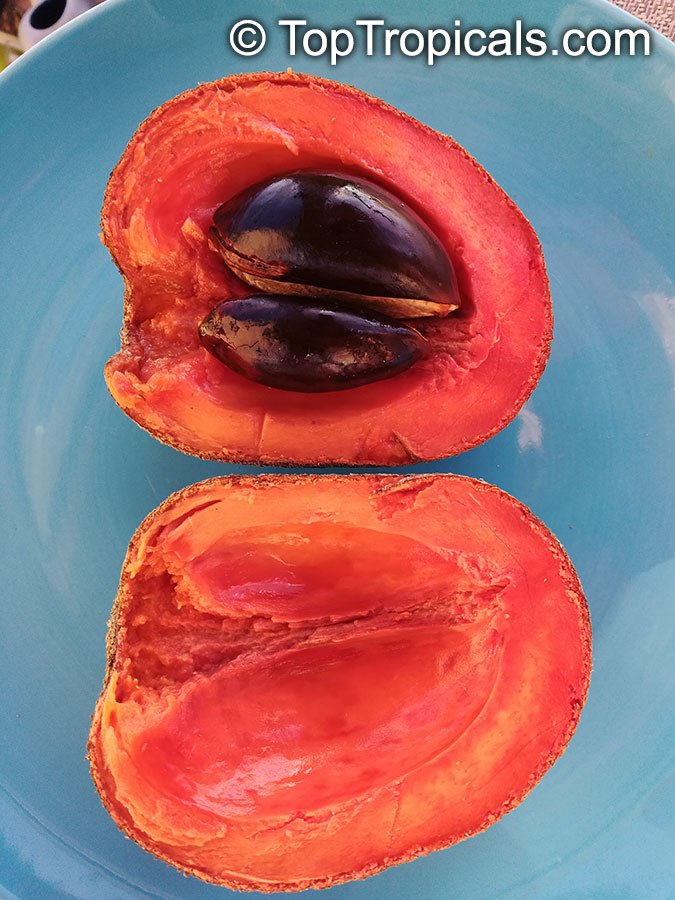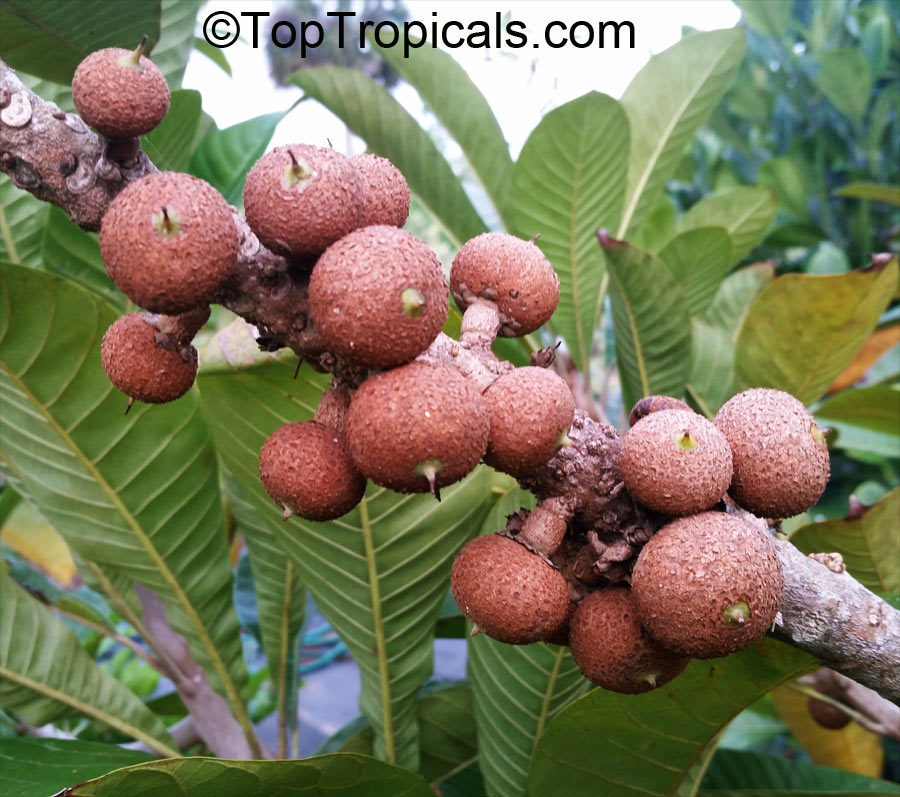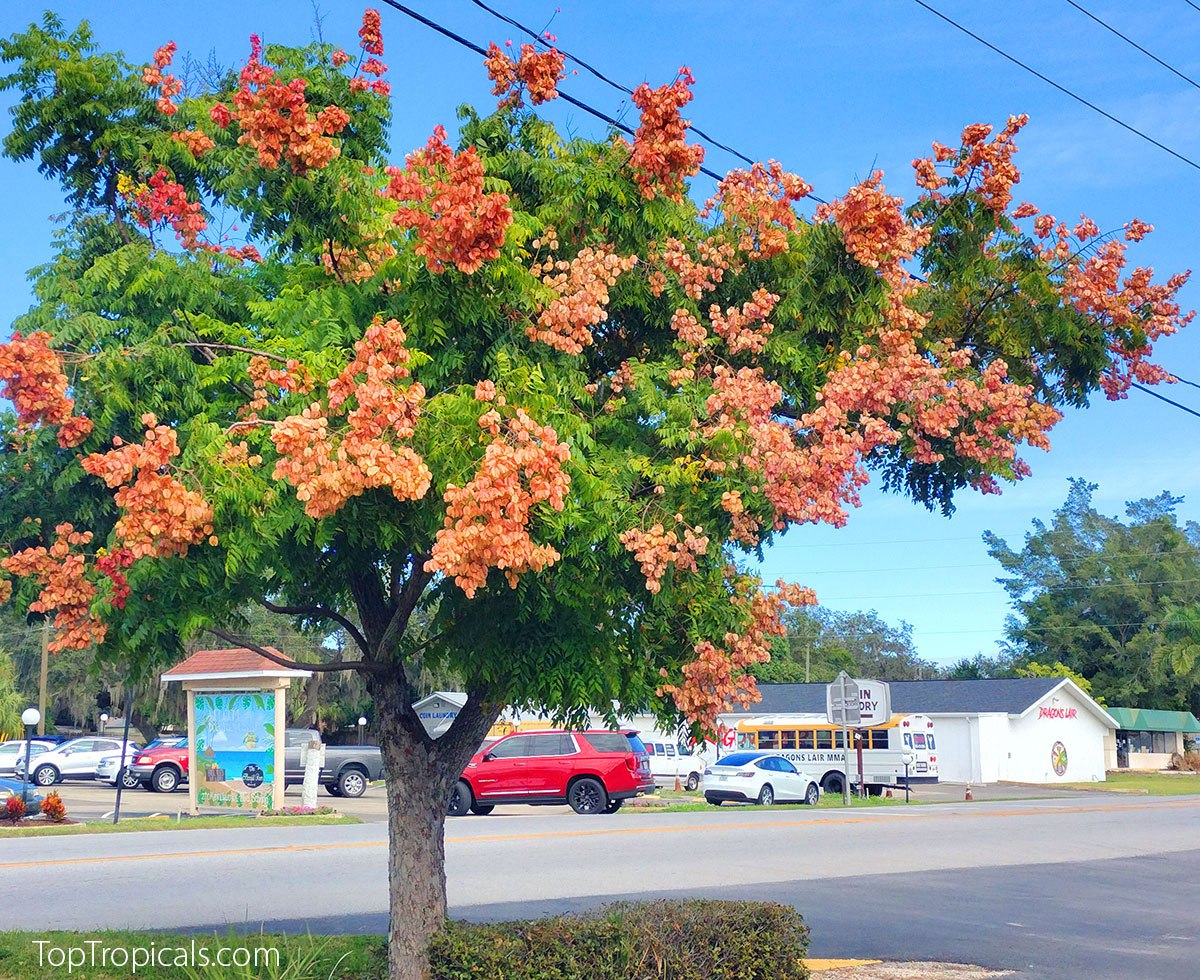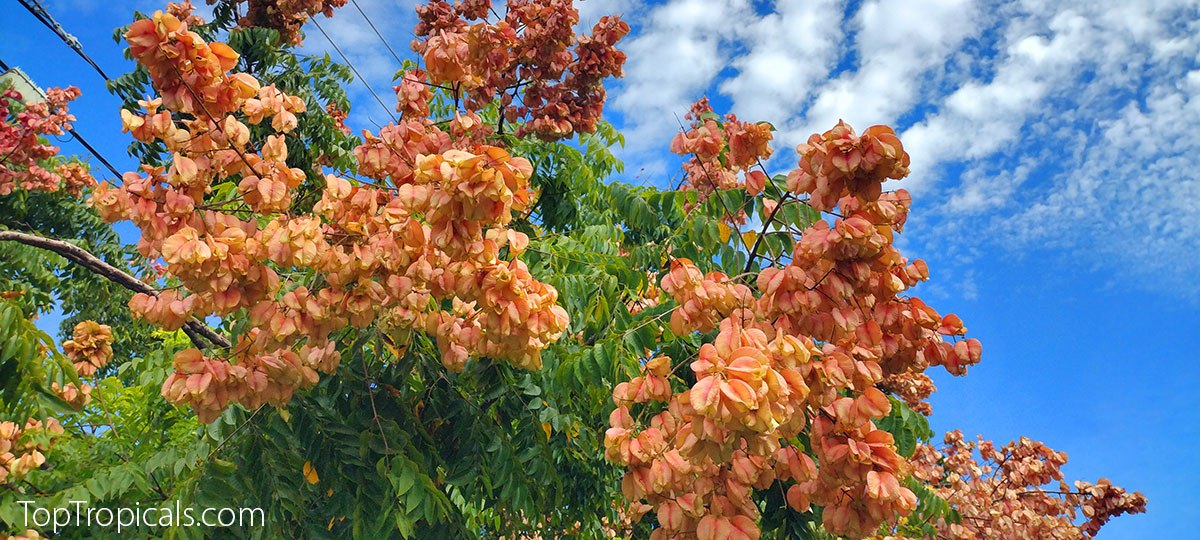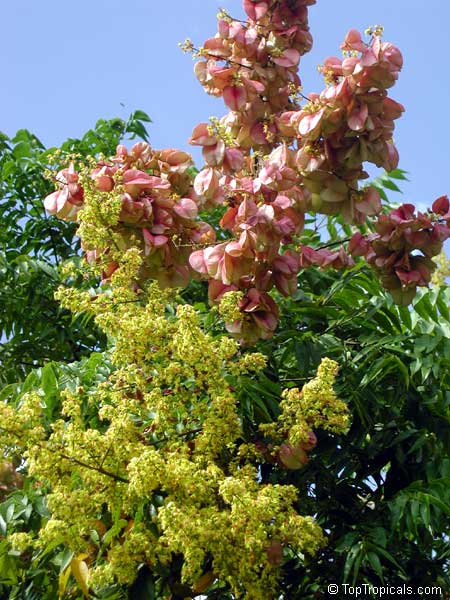Garden Blog - Top Tropicals
New Complete Guide to Avocado Varieties
How many varieties of Avocado are there in cultivation? Did you know that there are hundreds of them? You probably thought there were only 2 kinds - black and green?
You may not realize is that this basic (but practical!) classification doesn't encompass all the wonderful qualities avocados have to offer.
There are numerous hybrids in cultivation, and once you plant your first tree and taste the REAL fruit (not from the grocery store), you'll be eager to explore other varieties. It's a guarantee! While it's true that avocado fruit can vary in "butter" content, most superior varieties are equally delicious.
This Avocado Variety Guide helps to choose the right variety for you. With its interactive tool, you can sort cultivars by fruit shape and quality, cold hardiness, origin, crop season, flower type A or B, tree habit and more.
🛒 Shop Avocado Varieties
#Food_Forest #Fun_Facts #How_to
🏵 TopTropicals
Shocking content: flowers with ladys parts used for making tea
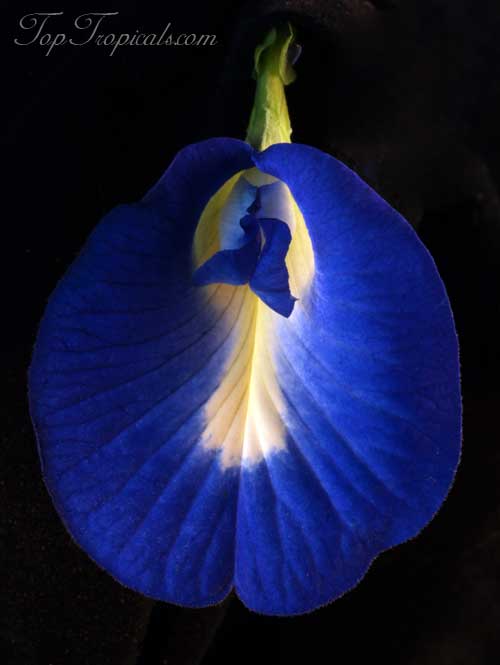
Clitoria ternatea - Butterfly Pea Blue
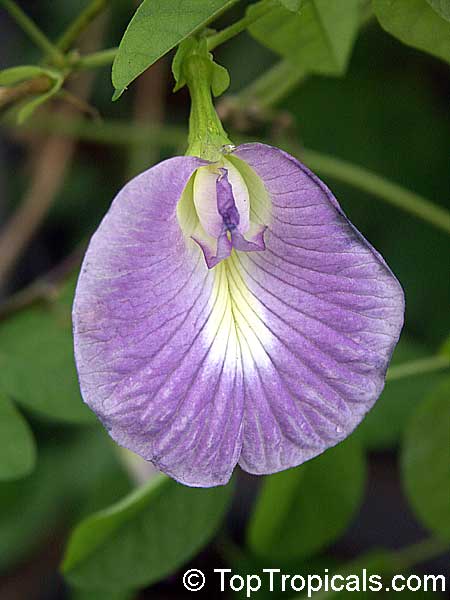
Clitoria ternatea - Butterfly Pea Lavender
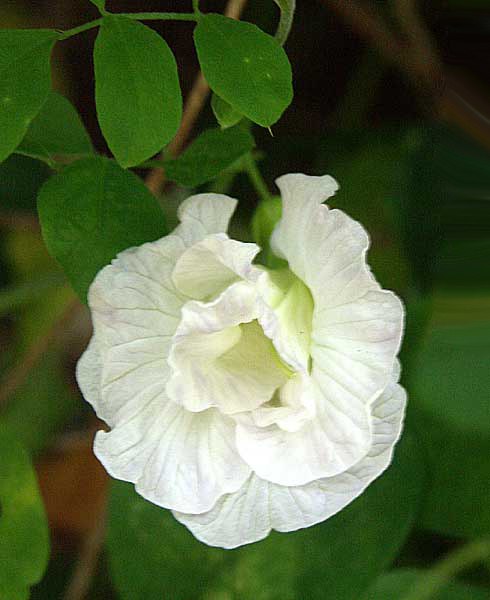
Clitoria ternatea - Butterfly Pea White double flower
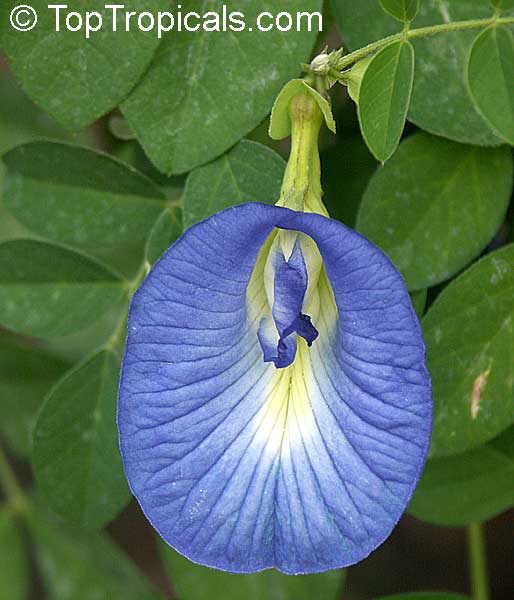
Clitoria ternatea - Butterfly Pea Blue

Clitoria ternatea - Butterfly Pea Blue Double flower
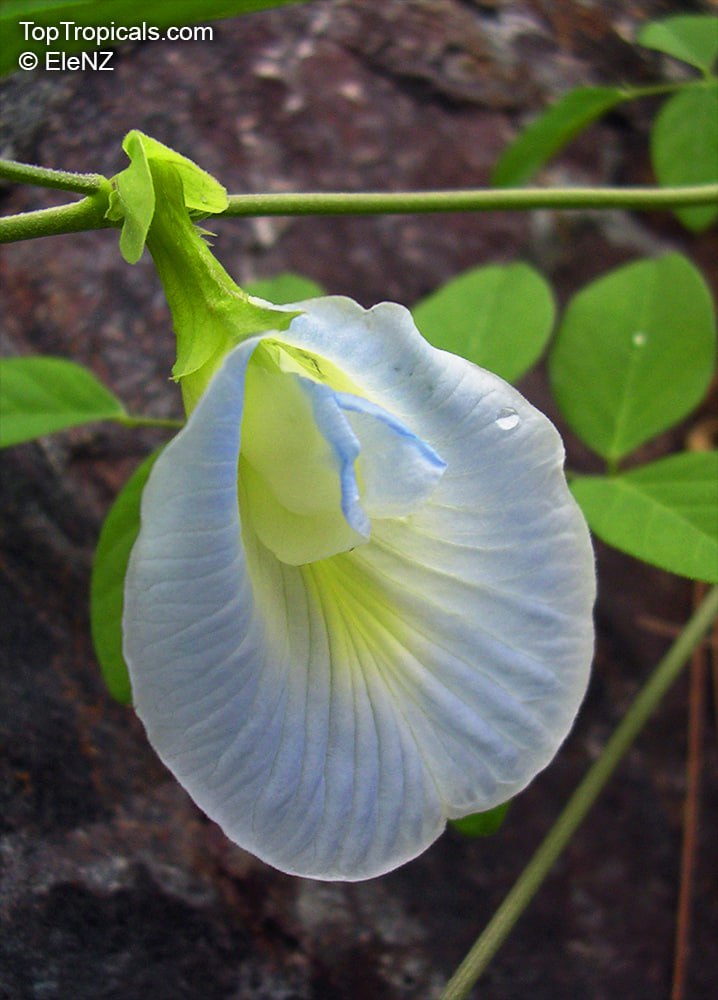
Clitoria ternatea - Butterfly Pea White
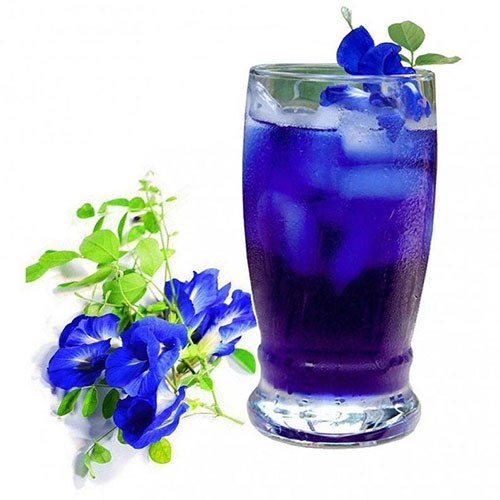
Clitoria ternatea - Butterfly Pea Blue Tea
Now that you've met the Sausage Tree, it's time to introduce you to Clitoria...
- 💙 Clitoria ternatea - also called Butterfly Pea, has distinctive, delicate blooms resembling certain anatomical features... These curious flowers have the shape of
clitoris - hence the name of the plant. - 💙 Nature's Wink: the Clitoria vine boasts these beautiful sexy flowers in vibrant shades of blue, white, or purple. They’re an absolute showstopper!
- 💙 Herbal Benefits: beyond its looks, the clitoria flower is known for its traditional uses as a herbal tea, including stress relief and cognitive support. The flowers also used in salads. The plant is both pretty and practical!
- 💙 Blue Tea is a caffeine-free herbal tea, or Tisane - a beverage made from a decoction or infusion of the Clitoria flower. This stunning blue tea changes color with a squeeze of lemon 🍋 - science and beauty in your cup!⛾
- 💙 In Thailand and Vietnam the Blue Tea is mixed with honey and lemon for a drink served after dinner, or as a refreshment at hotels and spas; a preparation called Nam Dok Anchan in Thai.
- 💙 Pollinator's Paradise: Bees, butterflies, and other pollinators can't resist Clitoria's allure 🐝
- 💙 Easy to grow: Clitoria vine is a gardener’s dream. It is very delicate, fine vine that is both fast growing and easy to control. It can cover a small fence, trellis in a few months. It is also great for containers - this vine will grow just the way you want it.
📚 Learn more about Clitoria and its Tea Infusion
🛒 Get your own Clitoria Vine for fun and Blue Tea
#Nature_Wonders #Recipes #Fun_Facts
#Remedies #Butterfly_Plants #Food_Forest
🏵 TopTropicals
Can you eat bird-looking flowers? You can eat the whole tree!
Sesbania grandiflora - Hummingbird Tree
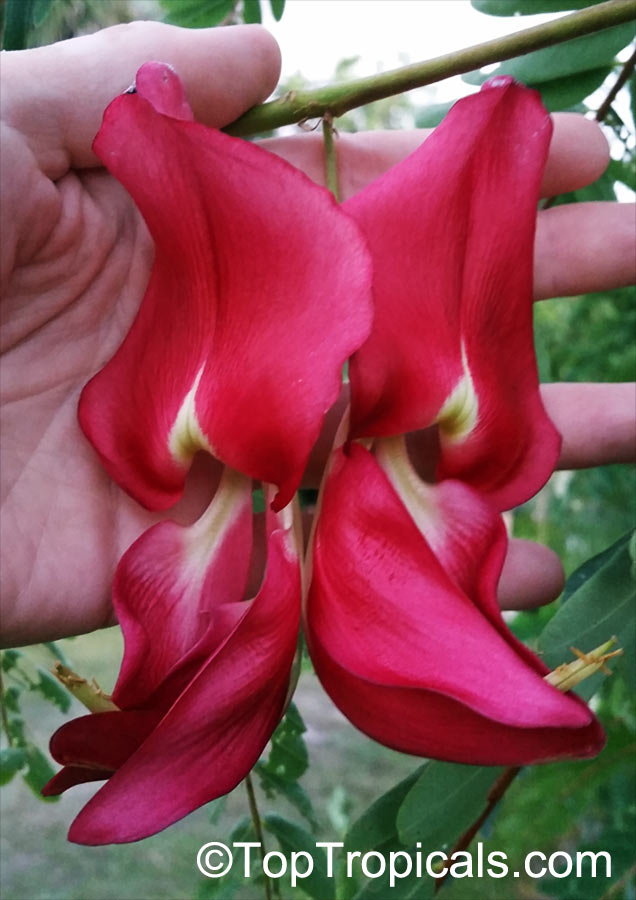
Sesbania grandiflora - Hummingbird Tree Red flower
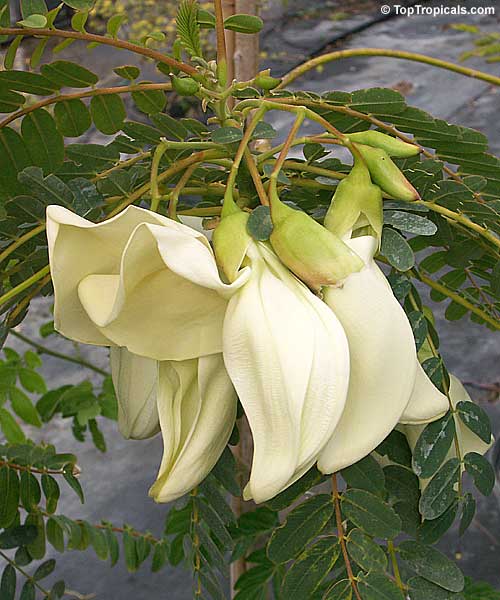
Sesbania grandiflora - Hummingbird Tree White flower
- 🐧 Sesbania grandiflora - Hummingbird Tree - is named for its flowers resembling little birds.
- 🐧 It produces a mass of large, 3-4", curved flowers from November to June. Flowers can be coral red or white.
- 🐧 The fun part is - the flowers are edible! As well as the rest of the plant: tender leaves, green fruit (bean pods), and flowers, used in curries, salads, or fried in batter.
- 🐧 Medicinal uses: bark, leaves, gums, and flowers have medicinal properties.
- 🐧 Lower branches form a beautiful floral canopy. It is a fast growing, but a small tree that will fit any yard. Great everblooming tree for container culture.
🛒 Get an edible Hummingbird Tree
#Food_Forest #Remedies #Butterfly_Plants #Container_Garden #Fun_Facts
🏵 TopTropicals
What was discovered in the Pyramids: Pigeon Pea - an Ancient Superfood
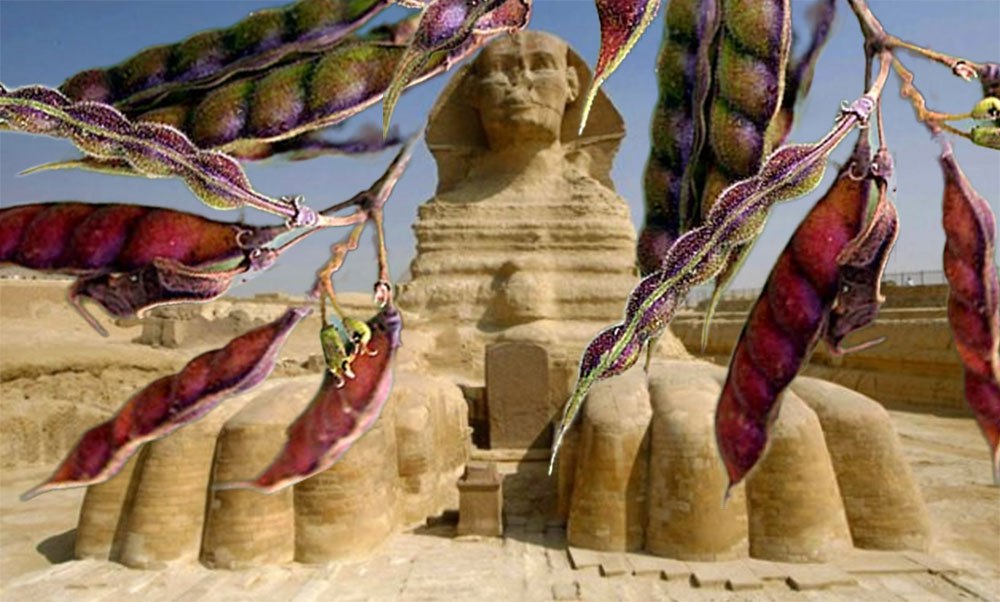
Cajanus cajan - Pigeon Pea and Egyptian pyramids
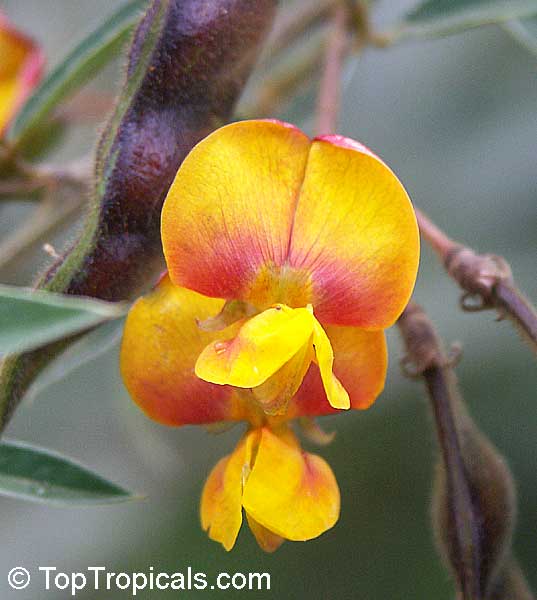
Cajanus cajan - Pigeon Pea
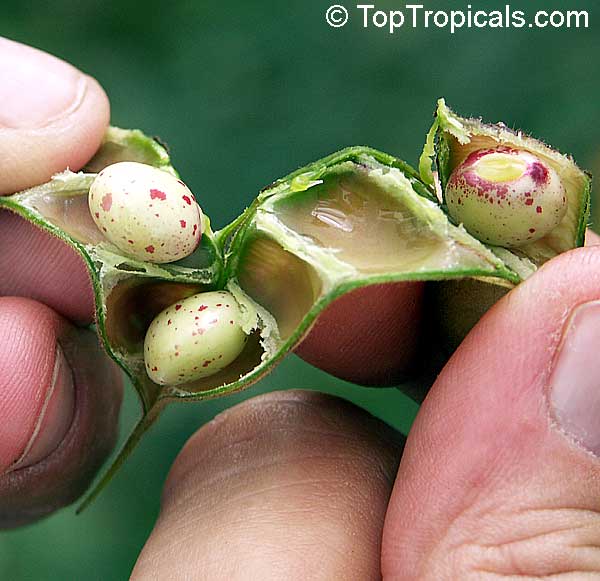
Cajanus cajan - Pigeon Pea
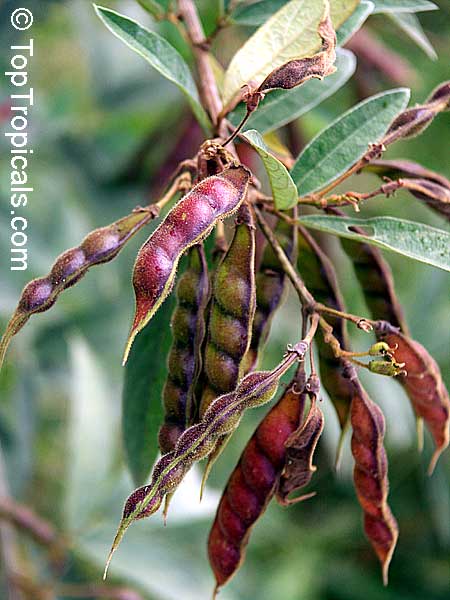
Cajanus cajan - Pigeon Pea
- Cajanus cajan - Pigeon Pea - existed for more than 4800 year! It's been widely consumed in South Asia, South East Asia, Africa, and Latin America. Documented in India since 2,800 BC; reached Ancient Egypt around 2,200 BC.
- Provides flavorful, nutritious, and healthy food, with potential to become widely popular like Japanese sushi 🍱
- It is a showy perennial woody shrub or small tree, 4-8 ft tall, with soft leaves. Can be grown in container
- Pretty flowers are yellow, with purple or red streaks, pods containing oval to round seeds.
- Many culinary uses: the tasty and healthy beans used in rice dishes, soups, stews, tempeh, tofu. Unripe pods eaten in curries, leaves and young shoots cooked as a vegetable.
- Rich source of fiber, protein, vitamins (B, C, E, K), and minerals (calcium, iron, magnesium, manganese, phosphorus, potassium, zinc).
- Medicinal value: various folk medicinal uses for sores, bladderstones, jaundice, skin irritations, bronchitis, coughs, pneumonia, toothache, dysentery, and more.
- Everyone can grow it! The plant is super easy, tolerates poor soils, drought tolerant, improves soil quality like many other beans.
📚 Learn more about Pigeon Pea
🛒Grow your own Pigeon Pea Superfood
#Food_Forest #Remedies #Container_Garden #Fun_Facts
🏵 TopTropicals
How to get rid of a bad luck with the Garlic Vine?
Garlic vine (Mansoa alliacea)
Garlic vine (Mansoa alliacea)
- 🟣 Garlic vine (Mansoa alliacea) is one of the most wanted flowering tropical vines.
- 🟣 When in full bloom, it looks like a cascade of blue-purple over a fence or trellis.
- 🟣 The fun part is, crushed leaves smell like garlic, which will keep away the vampires and bad luck!
- 🟣 Deep lavender flowers with white throat fading to a paler lavender within a few days, and you can see all three colors on the plant at the same time.
- 🟣 Garlic vine has moderate growth rate and can stay compact in a pot as a specimen, and even can be grown as a house plant.
📚 Garlic vine: how to get rid of bad luck
🎥 Video: Garlic vine keeps away the vampires.
🛒 Get rid of bad luck by getting the Garlic Vine
#Butterfly_Plants #Hedges_with_benefits #Fun_Facts #How_to #Nature_Wonders
🏵 TopTropicals

